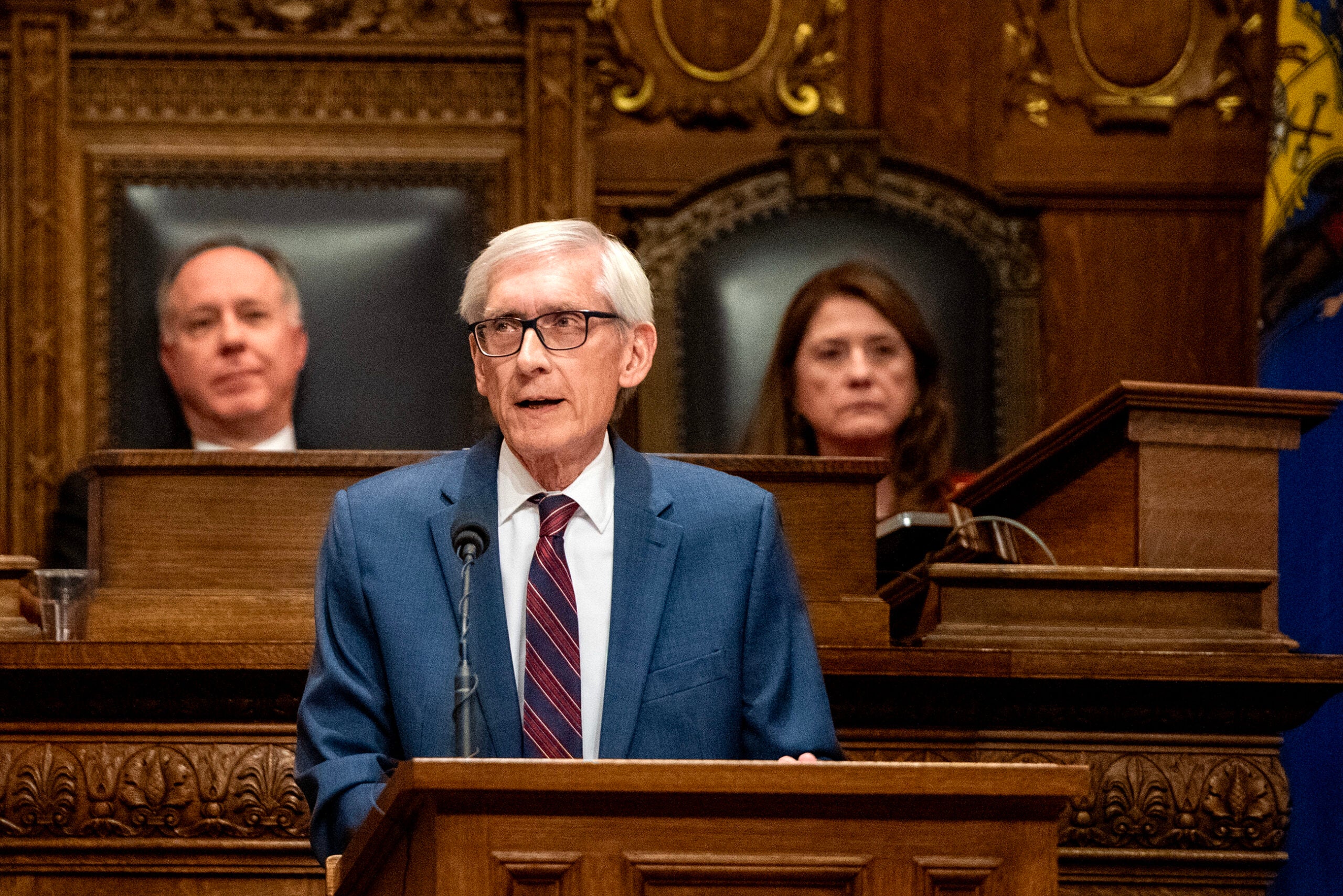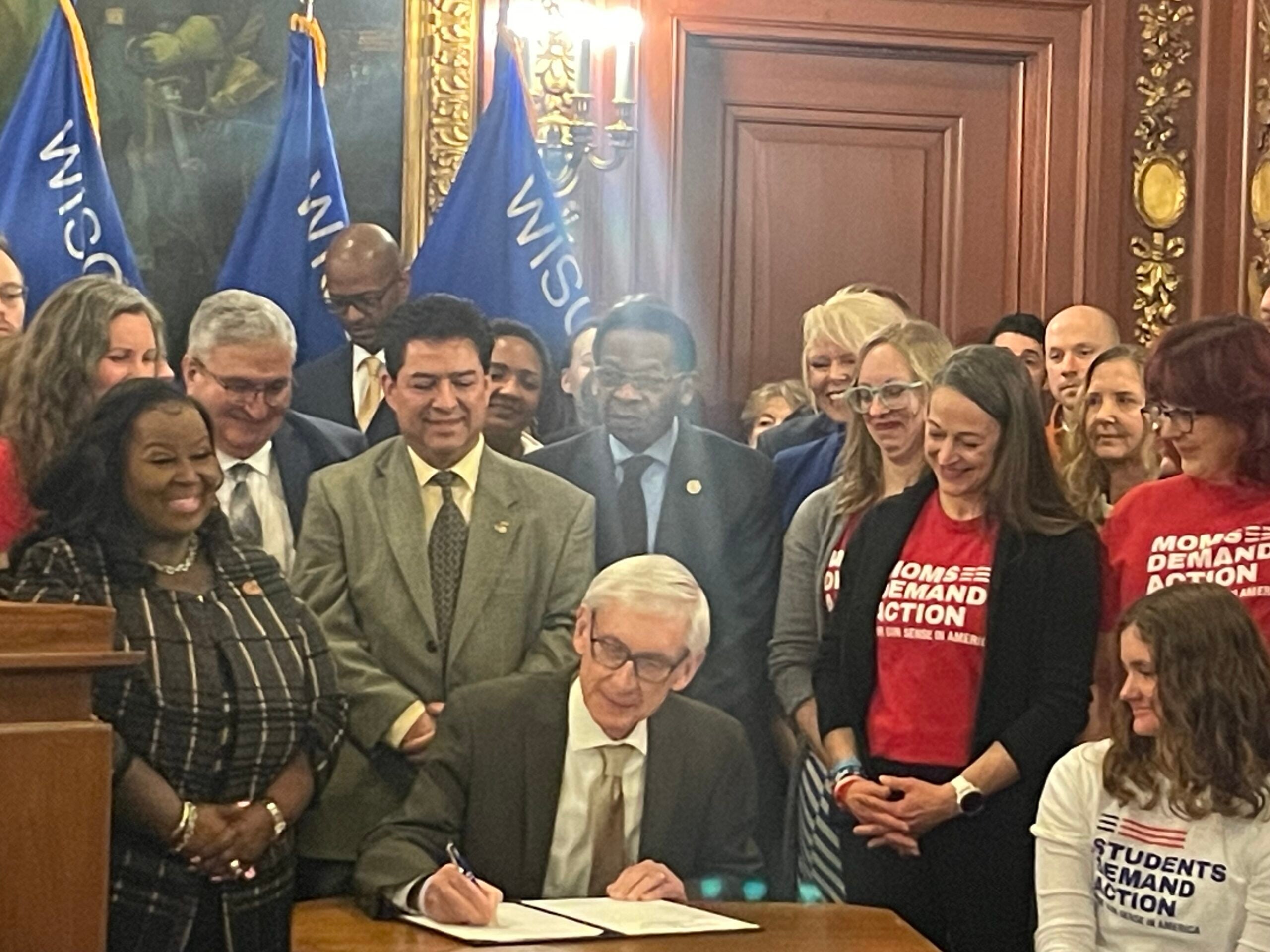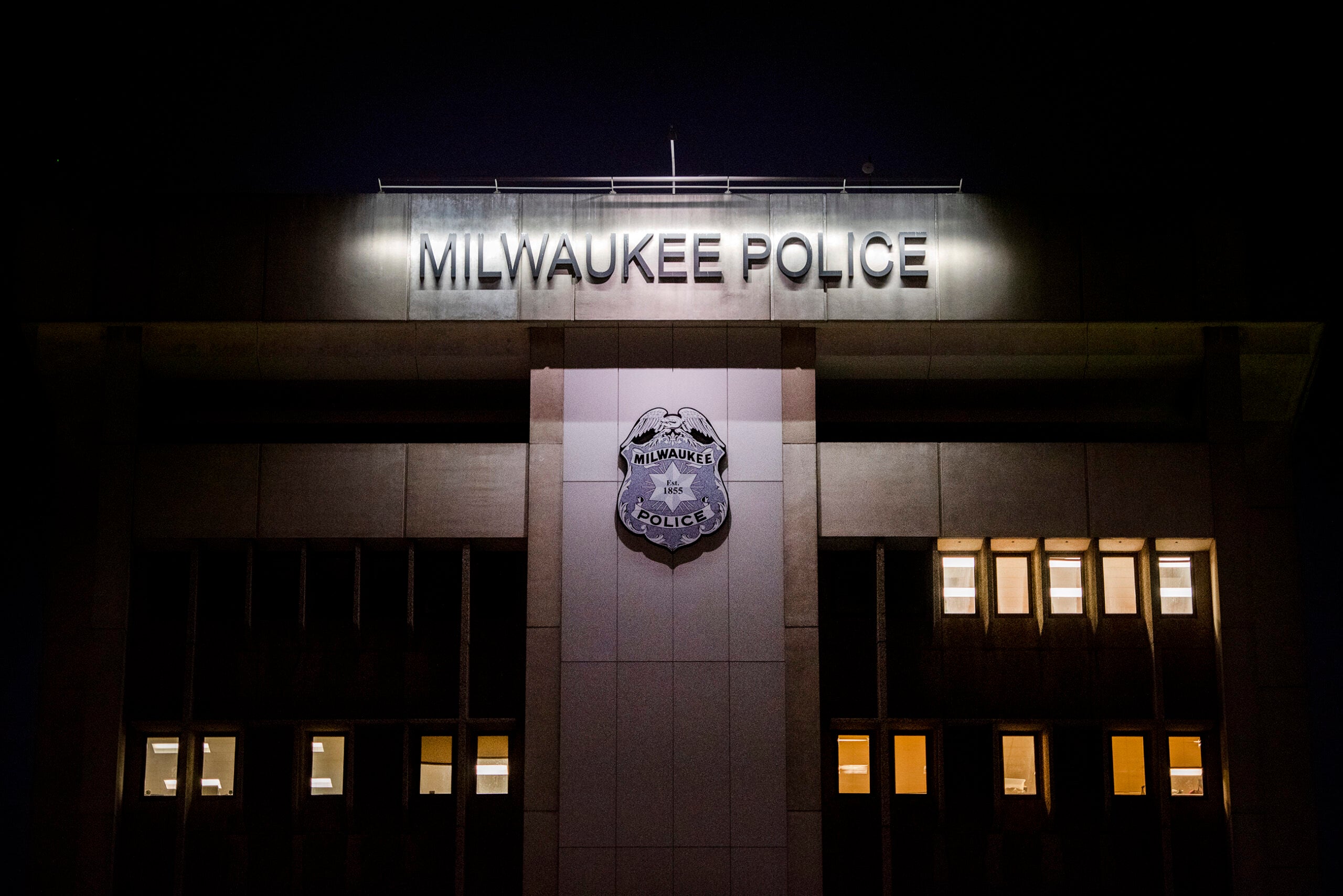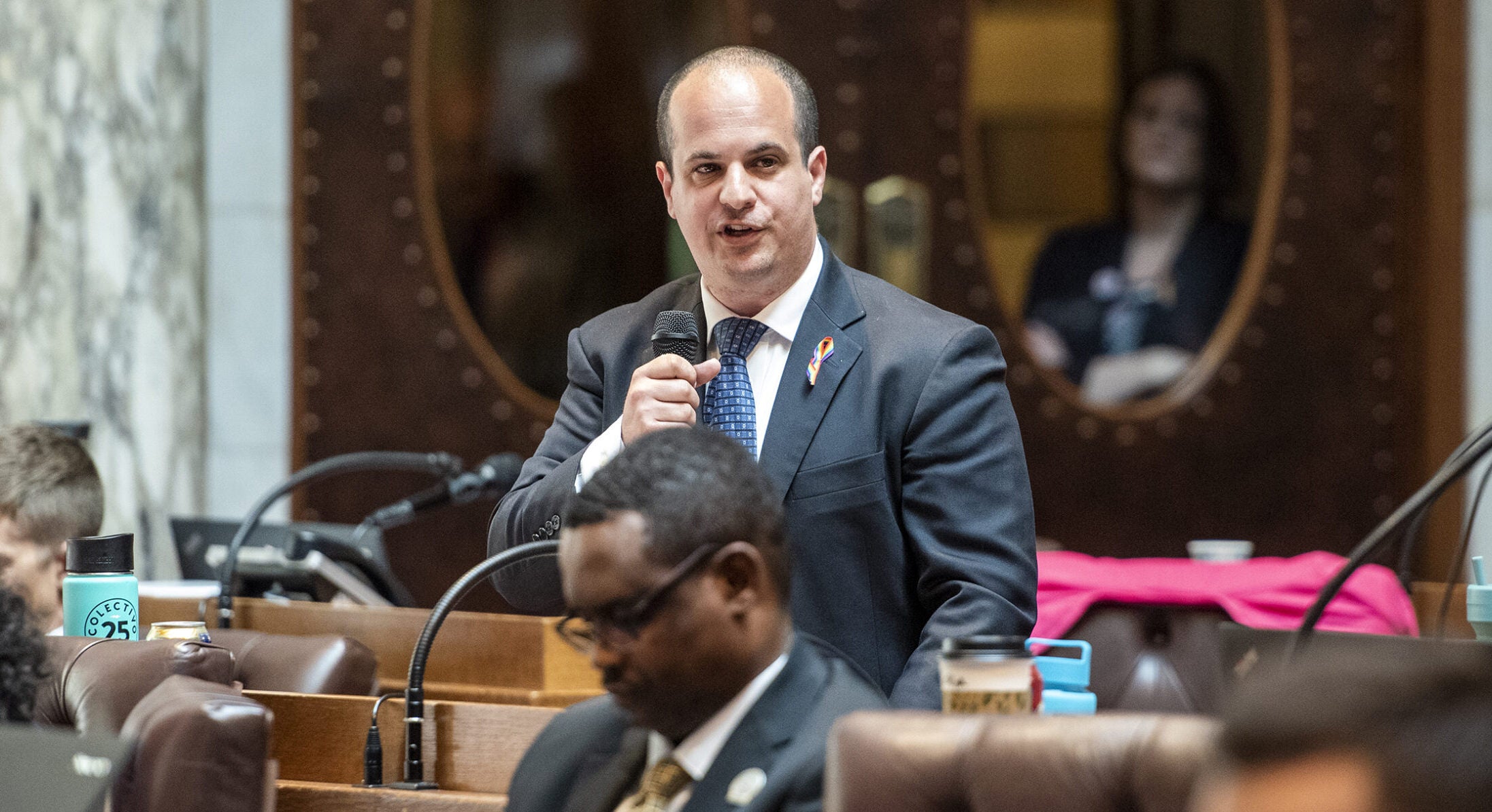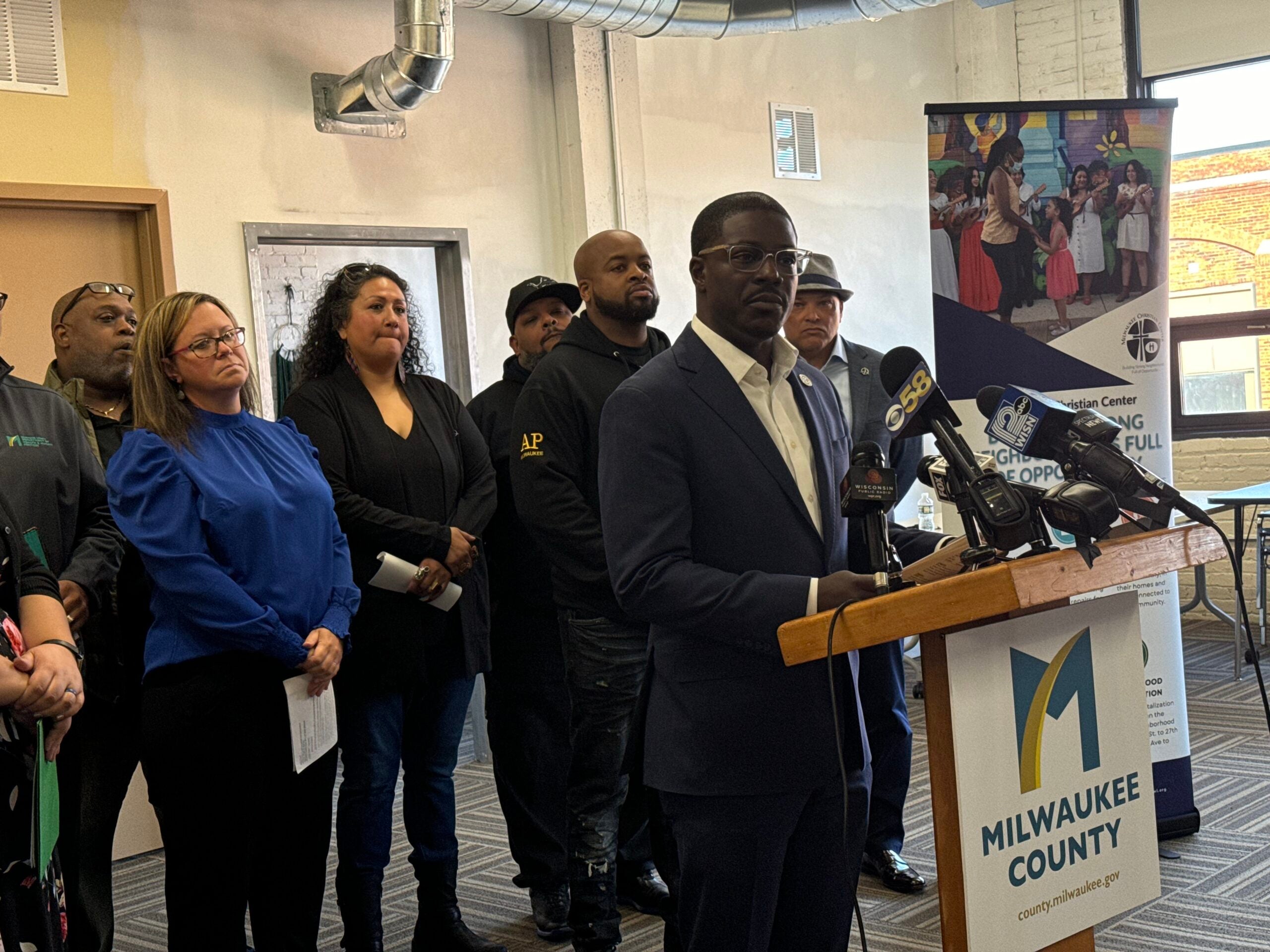Khalil Coleman walks the streets of one Milwaukee’s high-crime neighborhoods searching for trouble or potentially violent situations. Instead of running or calling the police when he finds trouble, he intervenes.
“Preventing violence isn’t just something special people can do,” he said. “Preventing violence is something that all of us can do once we know what violence is and how to look for violence and how to look for threats and harm.”
In a city where 81 percent of the homicides last year were shootings, community members like Coleman are trying a number of different approaches to stem gun violence.
Stay informed on the latest news
Sign up for WPR’s email newsletter.
Coleman is the leader of Safe Zone Initiative, an effort he helped start two years ago that focuses on getting those affected by violence to have a hand in preventing it.
“Our approach is it takes people from the community to help save the community,” he said. “We’re not necessarily looking for outside parties or other people to come into a community where they may not be from.”
Like Coleman, motivational speaker Kwabena Antoine-Nixon stresses a proactive approach to prevention.
He focuses on young community members, traveling to local high schools to talk with those at the highest risk of falling into the cycle of violence. He said it is important that violence prevention starts early, but also that the programs must do more than react.
“Going and suspending a group of kids is reactive,” Antoine-Nixon said. “What programs do we have that are proactive? Catch kids doing something good or highlight the best of what it is they’re doing and they’ll have people to aspire to be.”
Coping With Limited Resources
When Coleman started Safe Zones, it was funded by the city of Milwaukee. That support ended and now he is working to restore and expand funding in order to take the program citywide.
Coleman said a lack of resources is a main factor that is stopping prevention practices from spreading.
“I don’t think that there’s enough resources for this type of practice,” he said. “When we look at the amount of money that’s spent on mass incarceration compared to what’s being spent on prevention, it’s a drop in the bucket.”
Janice Gorden works to help those already affected by violence cope and handle financial issues. She said that because resources are so limited for prevention work, groups need to work together to take advantage of what is available.
“There are so many different small agencies all struggling to get their part done,” Gorden said. “I think that if we were to pull together somehow, I think we can make a bigger impact.”
Don’t Be A Stranger
Safe Zones’ Coleman said it’s equally important how the money that is available is spent.
More money on prevention efforts does not mean just adding more police,” he said.
“Police are called when? After a situation has occurred,” Coleman said. “There’s no prevention taking place in that method. The prevention is people in the community who know what may be happening at what particular time.”
We got to know our neighbor,” he added. “I can’t be a stranger in my own community. That’s one thing that we can do with no resources, no money, no support from the city to do that. To say ‘hi’ to your brother, ‘hi’ to your sister.”
He said after community members commit to knowing their neighbors, they must be willing to give people who were formerly incarcerated a second chance.
Lastly, he said violence prevention comes down to holding people accountable on all levels, from police officers to city officials to each other.
Editor’s Note: This story is part of a three-part series on gun violence in Milwaukee.
Wisconsin Public Radio, © Copyright 2025, Board of Regents of the University of Wisconsin System and Wisconsin Educational Communications Board.

